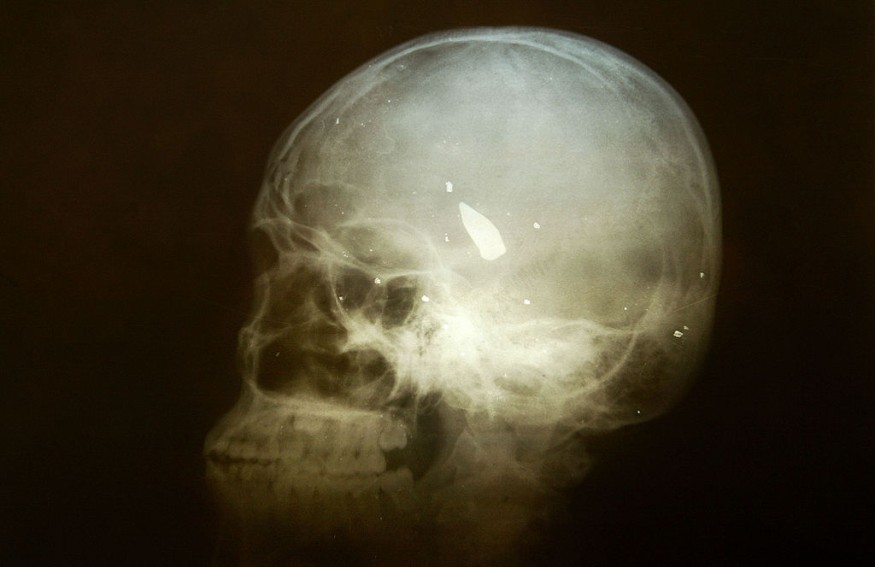Brain waves of a dying person were accurately recorded by neuroscientists in a case study for the first time. Deviating from personal accounts and narratives by survivors of near-death experiences, scientists have finally taken a closer glimpse of what happens inside the brain before and after a human dies.
Prior to the case study, data concerning the topic were only first-hand observations and subjective accounts from people who underwent near-death experiences. Regardless of their convictions, scientists are still not considering these accounts as the final basis to come up with a final conclusion.
However, the case study report showed that the human brain remains active even after a person dies. Doctors behind the case study monitored the brain of a dying 87-year-old patient in full detail using the so-called process of electroencephalography (EEG).
What happens to the brain during the transition from life to death has remained a mystery for centuries. In modern times, either scientists have little or no concrete data on what people experience or at least their brain during near-death experiences.
Post-Death Brain Waves Discovered

In a case study report published in the journal Frontiers in Aging Neuroscience on Tuesday, Feb. 22, neuroscientists and other experts recorded brain waves, also called neural oscillations or gamma oscillations -the rapid electrical activity of neurons bouncing inside the brain.
The new case study showed that brain waves are still active for 900 seconds or 15 minutes even after the person died. Although there have been theories before that the brain survives temporarily after death, the case study report is the first instance of a detailed record of what truly happens in the brain after death.
Also read: Near-Death Experiences Could Be Real
EEG Yields Unprecedent Result
The scientists based their case study on a single patient-whose brain was in a state of post-traumatic state due to incurred bleeding, swelling, and seizures, as per Science Alert. The patient reportedly experienced seizures following surgery from a fall.
Due to the situation, the doctors involved in the case study had to ask consent from the patient's family before conducting the EEG process. In spite of the fact that EEG has been used before to monitor dying patients, the unique factors of the case study enabled the EEG to yield an unprecedented result.
Cases of Near-Death Experience
In a separate case study report published in the Annals of Neurosciences back in 2012, researchers defined near-death experiences or NDEs as either a physiological, physical, or philosophical phenomenon that occurs following a severe head injury, coma, or other illness.
Accounts of near-death experiences came into popularity when some survivors of NDEs narrate in detail their strange and dream-like experiences. In the 2012 case study report, researchers claimed that all their three patient subjects reported their so-called out-of-body experience.
However, the study was inconclusive and suggested that further data is needed to determine whether the accounts of NDE survivors are real or just hallucinations.
Determining the continued presence of brain waves is essential. For future studies, it is possible that studies on post-death consciousness will be explored. This is because it is still unclear whether the brain waves after deaths are a manifestation of a consciousness or not.
© 2025 NatureWorldNews.com All rights reserved. Do not reproduce without permission.





